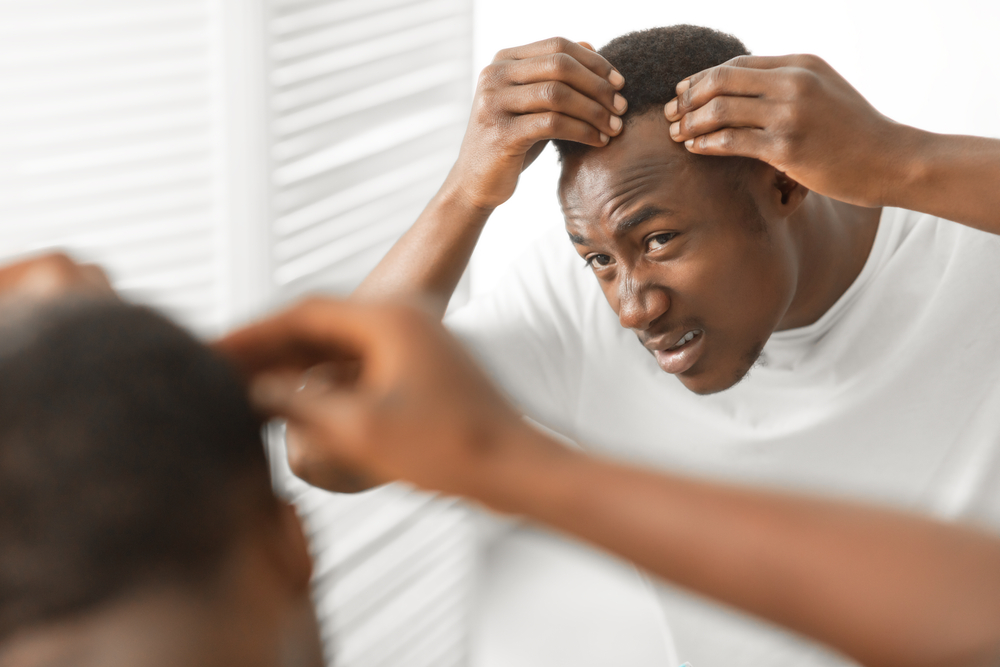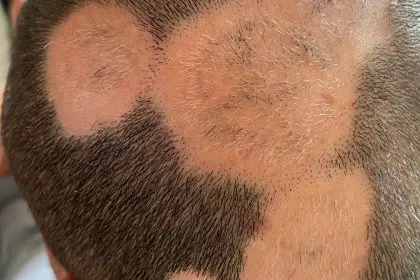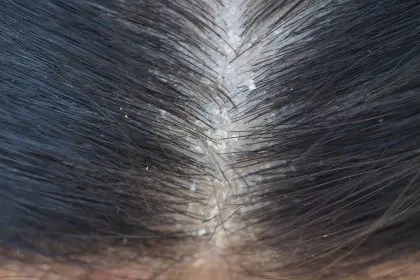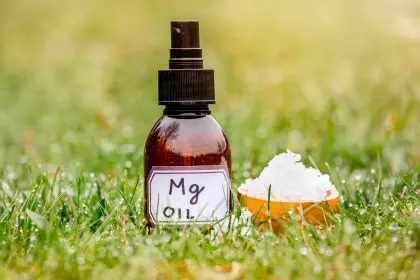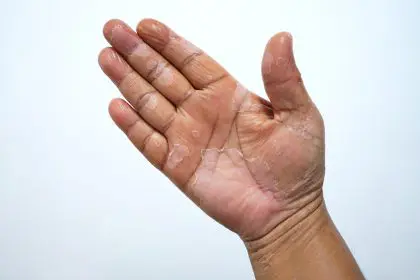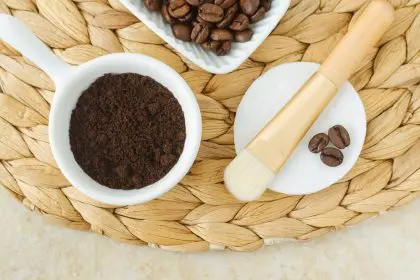A sunburned scalp can turn a perfect summer day into a painful experience that lingers for days. While often overlooked in sun protection routines, your scalp is just as susceptible to sun damage as any other part of your body. Understanding how to treat this sensitive area properly can make the difference between prolonged discomfort and quick relief.
Understanding scalp sunburns
When your scalp gets sunburned, it’s experiencing a radiation burn from UV exposure. The skin becomes inflamed, leading to various uncomfortable symptoms that can affect your daily routine. Recognizing these signs early helps you start appropriate treatment promptly.
Common symptoms include immediate redness and warmth to the touch, followed by increasing discomfort over the next 24-48 hours. Many people experience sensitivity when brushing their hair, along with persistent itching that can be particularly troublesome. In more severe cases, blistering may occur, and some individuals develop headaches due to the inflammation.
Immediate relief strategies
The first 24 hours after discovering a scalp sunburn are crucial for minimizing damage and discomfort. Start by taking a cool shower, avoiding hot water that could worsen inflammation. The cool water helps reduce the burning sensation and can provide immediate comfort.
Cold compresses prove particularly effective for targeted relief. Create a soothing compress using cool water mixed with green tea or chamomile, both known for their anti-inflammatory properties. Apply the compress gently to affected areas for 10-15 minutes at a time, repeating as needed throughout the day.
Natural remedies that work
Aloe vera stands out as a powerful natural remedy for sunburned scalps. Its cooling properties and rich concentration of compounds that support skin healing make it an excellent first-line treatment. Look for pure aloe vera gel or products where aloe is the main ingredient.
Essential oils can also play a role in healing, but they must be used correctly. Cold-pressed lavender or chamomile oil, when properly diluted with a carrier oil, can provide both comfort and healing support. However, never apply essential oils directly to sunburned skin without proper dilution.
Over-the-counter solutions
Several over-the-counter products can effectively treat scalp sunburns. Anti-inflammatory medications like ibuprofen or naproxen help reduce pain and inflammation from the inside out. These medications work best when started as soon as you notice the burn.
Hydrocortisone cream, available in 1% strength over the counter, can significantly reduce itching and inflammation. However, apply it sparingly and avoid using it for more than a few days without consulting a healthcare provider.
Modified hair care routine
Your regular hair care routine needs adjustment when dealing with a sunburned scalp. Skip shampooing for the first 24 hours if possible, allowing your scalp’s natural oils to assist in healing. When you resume washing, use lukewarm or cool water and ultra-gentle, sulfate-free products.
Avoid heat styling tools completely until your scalp has healed. The additional heat can worsen inflammation and slow the healing process. Let your hair air dry and skip styling products that might irritate the burned skin.
When to seek medical help
While most scalp sunburns heal with home care, certain symptoms warrant medical attention. Watch for severe blistering, extreme pain, fever, or signs of infection. If symptoms persist for more than a week or worsen despite home treatment, consult a dermatologist.
Medical professionals can prescribe stronger treatments when needed, such as topical steroids or specialized burn remedies. They can also evaluate whether the burn has caused any lasting damage that requires ongoing care.
Long-term protection strategies
Preventing future scalp sunburns becomes crucial after experiencing one. Invest in a broad-spectrum SPF specifically formulated for the scalp – many now come in spray forms that won’t leave your hair greasy. Apply sunscreen to any exposed scalp areas, including part lines and areas where hair might be thinning.
Wide-brimmed hats provide excellent protection but choose ones made from breathable materials to prevent overheating. UV-protective hair products can offer an additional layer of protection, especially for those with fine or thinning hair.
Impact on hair health
A sunburned scalp can affect your hair’s health and growth. The inflammation and subsequent peeling can temporarily disrupt the hair growth cycle. Proper treatment and protection help minimize any long-term effects on your hair’s health and appearance.
Healing timeline
Understanding the typical healing process helps manage expectations. Most scalp sunburns begin to improve within 3-5 days with proper care. Peeling often occurs as the skin heals, usually starting around day 3. Complete healing typically takes about a week, though this can vary based on burn severity and individual healing rates.
Future considerations
Once you’ve experienced a scalp sunburn, you’re more susceptible to future burns in the same area. This makes ongoing protection crucial. Consider the seasons and your activities when planning sun protection strategies. Even winter sun can cause scalp burns, especially in snowy conditions where UV rays reflect off the snow.
Remember that repeated sun damage can lead to long-term consequences, including increased risk of skin cancer. Make scalp protection part of your daily routine, just like protecting your face and body from sun damage.
Tags: sunburn treatment, scalp care, sun protection, skin health, summer safety, natural remedies, hair care, skin healing, dermatology advice, UV protection
Experiencing a sunburned scalp serves as an important reminder to include this often-overlooked area in your sun protection routine. With proper treatment and prevention strategies, you can heal current burns and prevent future damage, maintaining both scalp and hair health for years to come.

